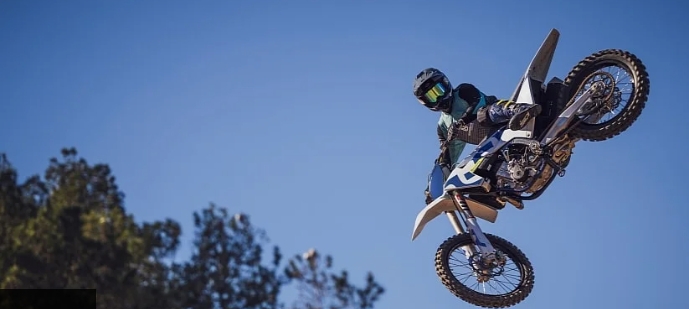For Husqvarna fans, the past year has felt like a long drought. The Swedish-born motorcycle maker, which has been a staple in off-road racing history, seemed to have gone eerily quiet. As the company stood shoulder to shoulder with its parent brand KTM through a period of financial turbulence, many began to wonder when — or if — they would see fresh machines rolling out of the factory again.
That silence has finally been broken. In a move that will surely inject fresh excitement into motocross circles, Husqvarna has unveiled its brand-new 2026 motocross range. It’s not just a return — it’s a statement. While the models revealed this week aren’t designed for every type of rider, they signal that Husqvarna is not only still in the game but ready to compete with the best.
A Quiet Year That Tested Patience
The motorcycle industry, like many others, has faced headwinds in recent times. From supply chain disruptions to shifting economic priorities, even legendary names like Husqvarna have had to hit the brakes. The brand’s decision to stay low-key over the past months was, in part, tied to KTM’s own restructuring efforts. Both companies have been focused on stabilizing operations and preparing for the next big push.
But for loyalists, the lack of new models was frustrating. Husqvarna’s reputation has been built on its ability to blend racing heritage with modern engineering, and going an entire year without fresh offerings left many wondering what the future held. Now, with the 2026 range officially revealed, those doubts can finally be put to rest.
The 2026 Motocross Lineup – A Pure Off-Road Focus
The new range is unapologetically motocross-oriented. That means these machines are purpose-built for dirt, jumps, and speed, not for the casual Sunday cruise. Husqvarna has doubled down on performance, equipping each bike with state-of-the-art components, lightweight chassis designs, and improved suspension setups tailored for competition.
While exact technical specifications vary across the lineup, riders can expect to see significant advancements in weight reduction, engine response, and handling precision. These aren’t bikes you simply ride — they’re bikes you master.
Why This Launch Matters
Husqvarna’s return with the 2026 motocross range is more than just a product drop; it’s a reaffirmation of the brand’s core identity. By focusing on motocross, Husqvarna is going back to its roots — the gritty, adrenaline-fueled sport that first put its name on the global stage. It’s also a signal to competitors and fans alike that despite the challenges of the past year, the brand still knows how to build high-performance machines for riders who demand the best.
It also highlights a broader trend in the motorcycle industry: in times of uncertainty, brands often lean into their strongest categories. For Husqvarna, that category is undoubtedly motocross.
Looking Ahead
The 2026 range may not cater to every rider — and that’s okay. This release is aimed squarely at racers, enthusiasts, and those who live for the thrill of competition. For them, Husqvarna’s latest models promise sharper performance, improved durability, and that unmistakable Scandinavian design edge.
After a year of silence, Husqvarna is not just back — it’s back with purpose. The 2026 motocross range is proof that even after a challenging season, the brand can bounce back with products that inspire confidence and keep its legacy alive. Whether you’re a rider, a fan, or simply someone who appreciates the art of motorcycle engineering, this release is a reminder that some legends never fade — they just take a little time to reload before coming back stronger than ever.

